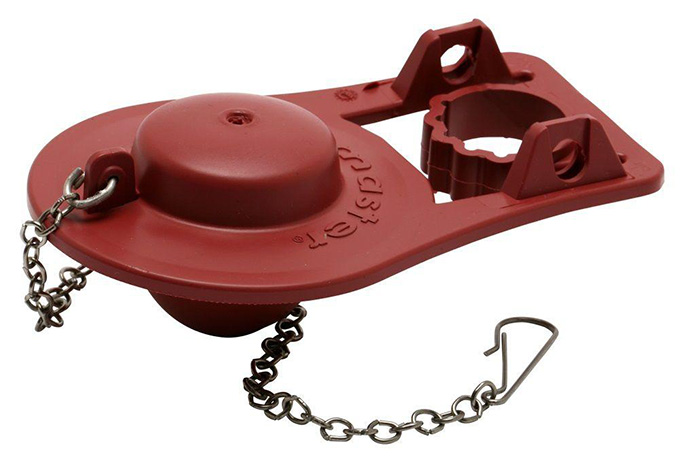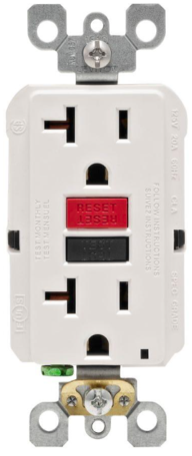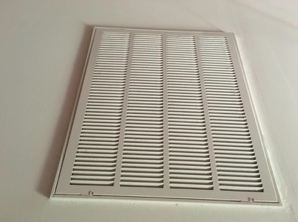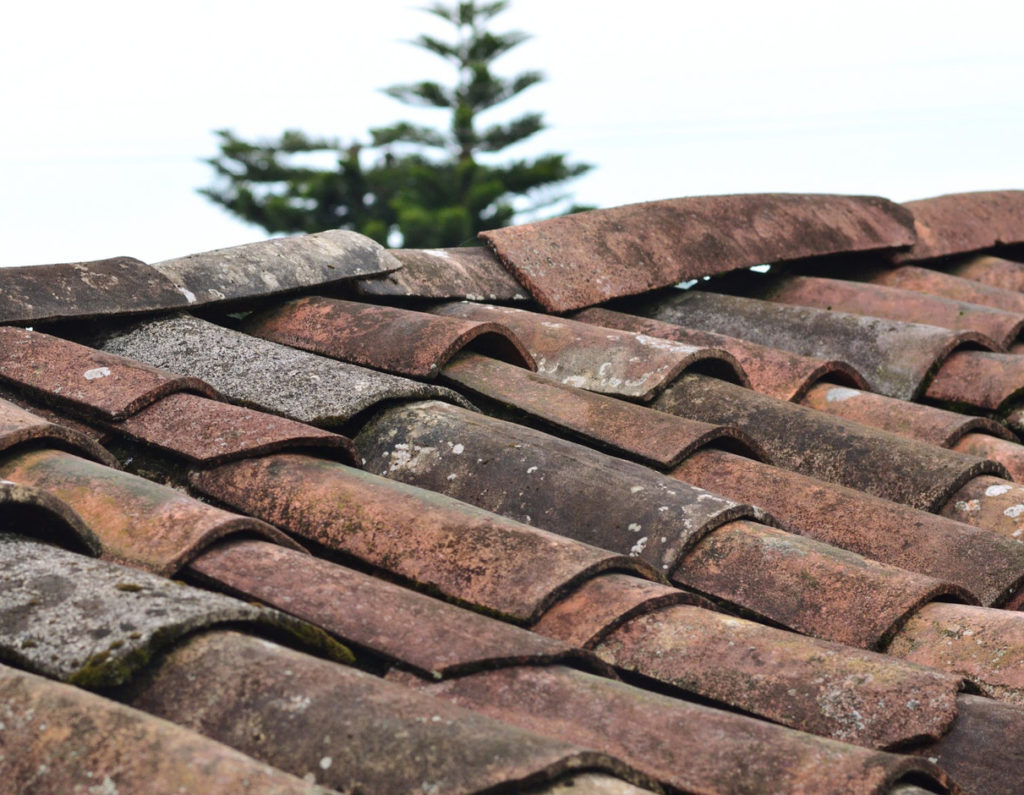
Owning a home can be a double-edged sword. There’s pride of ownership, but there’s a never-ending list of repairs, maintenance chores, and homeowner tasks. Fortunately, most homeowners can do some of these themselves, rather than calling for expensive professional help. Here’s a rundown of things homeowners need to know how to do, along with a short list of things best left up to the pros.

Is your toilet running constantly?
Do you always hear that telltale sound of trickling water when you go into the bathroom? The most likely culprit is the flapper valve. After years of faithful service, your flapper valve may be giving up the ghost. No need to call a plumber! This is a simple and inexpensive fix, running between $5 and $20 in most cases. Click here to see a video that will guide you through the process.
Unclogging sink or bathtub drains
Forget the TV ads for harsh chemical drain cleaners. Your first line of defense should be a small plunger. Just be sure it’s not the one you’re using for clogged toilets! Remove the drain cover in the bathtub or the stopper in the sink, and then run a small amount of water, working the plunger vigorously over the drain. Don’t be surprised if a stinky, slimy glob of hair and black yuck comes out. Wear rubber gloves before handling it. When the drain is flowing smoothly once again, pour in a cup of baking soda, a small pot of boiling water, and then finish up with a cup of white vinegar. This should discharge any remaining glop and eliminate lingering odor.
Sealing air leaks with caulking
Do you feel a draft around windows and electrical outlets? A caulking gun should be your weapon of choice to seal out unwanted airflow. On a day that’s fairly warm and dry, clean the area of dirt and loose debris. Put your tube of caulk into the gun, and snip a small, 45-degree opening into the tip. Keeping the caulking gun at a 45-degree angle to the surface, apply the caulk in a long, continuous stream. Click here to watch a caulking how-to video from Lowes.
Testing GFCI outlets can save your life

Ground fault circuit interrupters (GFCI) are those electrical outlets with buttons on them. They’re found in wet areas of your house, such as the bathroom, kitchen, laundry room, basement, and garage. These little devices can save you from electrocution by shutting off the power to the outlet when they detect an interruption in the current (such as dropping a hair dryer into a sink full of water). Those two buttons are Test and Reset.
Test these once a month to ensure they are working properly. An easy way to test is to plug a small nightlight into the outlet and pressing the Test button. If working properly, the button will click, the light will shut off, and the Reset button will pop up. Press the Reset button and the nightlight should come back on. If the test doesn’t work, or if an outlet in a wet area doesn’t have a GFCI outlet, call an electrician to fix it or install one.
Find the wall studs before hanging shelves
The drywall found in most homes will not hold the weight of shelves or heavy picture frames. You need to find the studs that hold up the drywall. Some of you are laughing and proclaiming, “That’s me!” Let’s see what your wife or girlfriend has to say about that! Never mind! You could cough up $20 at a hardware store to buy a battery operated stud finder, or you could just use your knuckles, or a really bright LED flashlight. First, find an electrical outlet in your wall. Most of the time these are fastened to the side of a stud. Working from that spot, studs are located approximately every 16 inches. Tap the drywall lightly with your knuckles. It will sound hollow as you move left or right of the receptacle. When the sound changes, that usually indicates the presence of a stud.
If you have the aforementioned bright LED light, point it parallel to the wall and you might see some indentations where nails or screws fastened the drywall into place. That’s where the studs are located. If you can’t locate the studs or you need to fasten shelves or pictures to the wall in between the studs, read the next part about wall anchors.
Install a wall anchor into drywall
Okay, so you need the wall to support something heavy where there are no studs. Here come drywall anchors to the rescue! Some are self-tapping. For these you apply steady pressure as you turn them with a screwdriver until they are flush with the wall, and then you pop in the screws. Other anchors require a pre-drilled hole. Both kinds are quite easy to use. The anchor should be long enough for the bars on the ends to fan out behind the drywall, holding your item in place.
Check air filters monthly, replace as needed

Have your HVAC system checked twice a year to keep it humming. In between checkups, inspect your filters once a month. Locate the filter door in the air return vents. Some homes have more than one. Check them all. If filters look dirty, change them. This is one of the easiest of all homeowner tasks.
Change filters help to prolong the life of your system. Be sure to use the correct filter size for replacement. Check your owner’s manual, or look at one of the filters in your system for the correct size. It’s best to turn off the system when installing a new filter. You may need a flat screwdriver to get the filter cover open. Look for clips that open and close to allow access inside the opening. Just pull out the old filter, pop the new one into place, and you’re ready to close the cover.
Know how to find the main water shutoff
Don’t wait until water is pouring through the wall to figure out where the whole house shutoff valve is located. Every home is different. The shutoff could be outside, at ground level near your water meter. It could be in your garage, basement, crawlspace, or laundry room. If you have well water in your home, chances are good the shutoff valve is right next to your pressure tank. Wherever it is, find out now, and learn how to shut off the water.
Clean grout regularly
Do you have tile floors or backsplashes around your sink? You’ll need to clean the grout between the tiles to keep it looking bright and attractive. Don’t use harsh chemicals. Grout can be delicate and strong chemicals like bleach can wear it away. Instead use a stiff toothbrush and an oxygen cleaner, or you can mix vinegar and baking soda for a foaming cleanser. Hint: If you’ve waited too long you may have to have the grout replaced to get it looking fresh again.
Homeowner tasks best left to pros

There are some homeowner tasks where it’s better to call the pros. Here are a few:
Roof repair
It’s best to call a licensed roofer to replace or repair your roof structure. A leak in your roof puts your house at risk of costly damage. Also, roofs can be steep and a fall can lead to serious injury or death. Put it in the hands of professionals.
Electrical work
Working on electrical outlets, switches, or wiring can be dangerous, even fatal, if you don’t know what you’re doing. Don’t gamble with your safety. Call an electrician to fix your electrical problems.
Plumbing problems
Other than the flapper valve repair or clogged sinks and tubs mentioned above, plumbing is best left to the pros. Water damage can wreak costly damage to your home, including mold, collapsed walls and ceilings, and other ugly, expensive issues.
Installing or replacing gas appliances
WARNING: Do not do this yourself! Call a licensed gas installer. A gas leak in your home can result in carbon monoxide poisoning or even a deadly explosion. It’s just not worth the risks. This includes gas water heaters. Just don’t!
Tree removal
If you misjudge the height of a tree and it falls on your house, repair costs can climb into the thousands. Or large, heavy limbs can cause serious injury or death. Call tree experts and get it done safely and correctly.
Home additions
Changes to your home’s structure should not be taken lightly. Take down a load-bearing wall accidentally, and part of your house can collapse on top of you. And you can’t just put a room on a deck. Its supporting structure is not intended to carry the weight of a room. Then there’s electrical and gas lines to deal with – do yourself a favor, and leave home additions to professional builders.
Buying or selling a home?
Avoid unplanned and unpleasant surprises by calling Asheville home inspector Peter Young for a comprehensive inspection and report. Click the link below to make an appointment.
